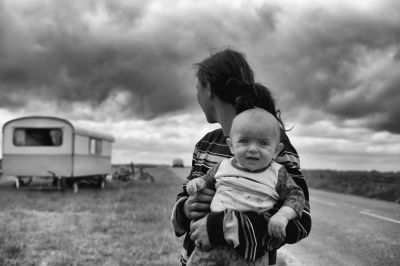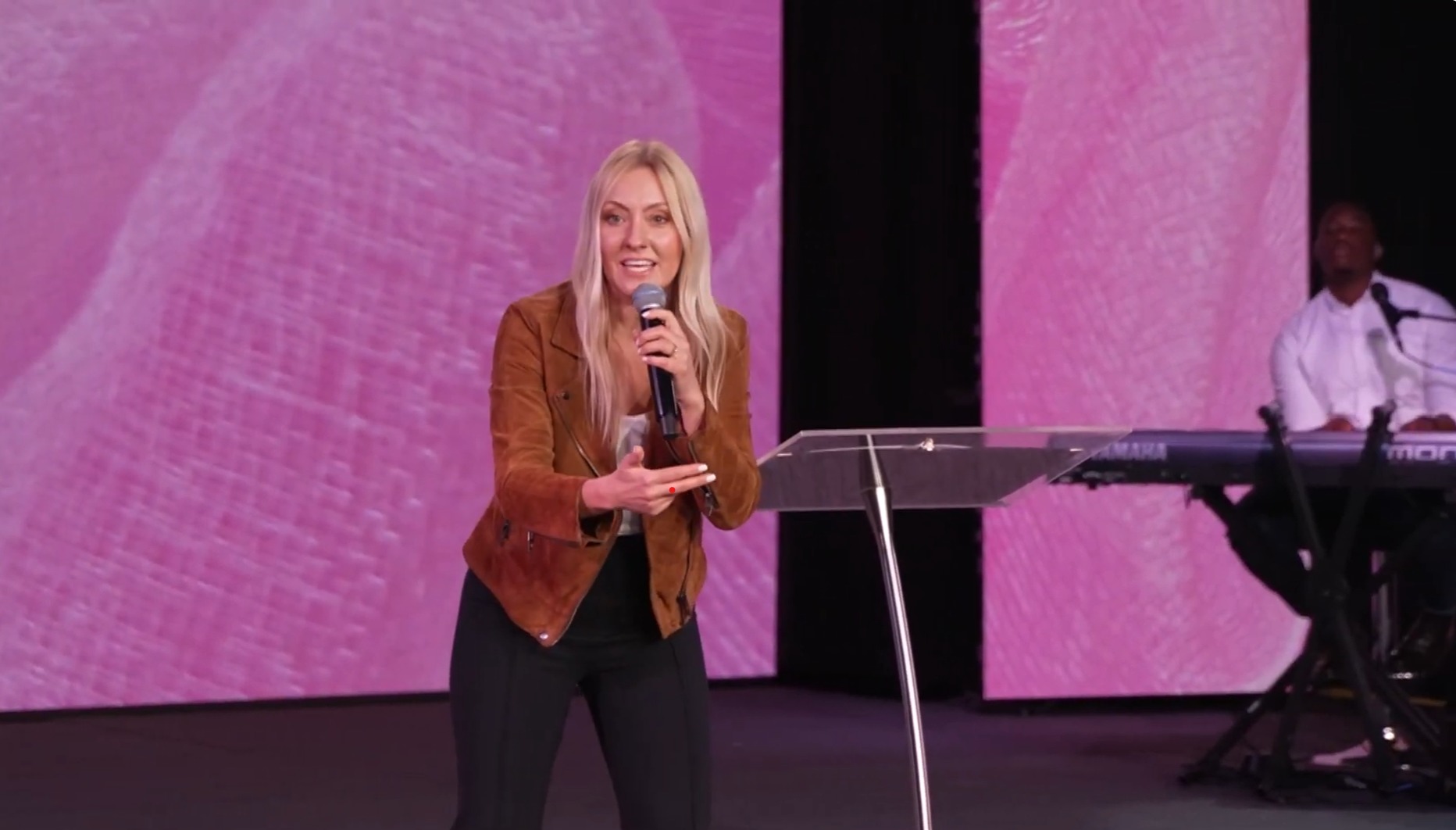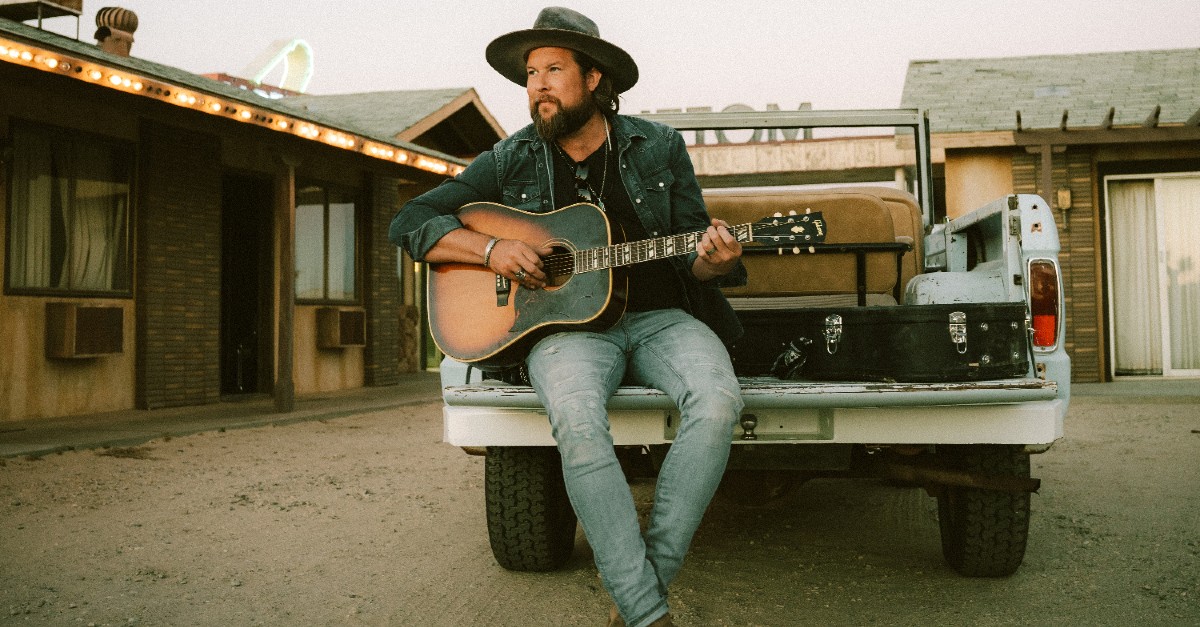
White privilege is a myth. It doesn’t exist. It especially doesn’t exist in a small town near where I live in central Ohio, a small town called La Rue.
It’s been a culture shock since I moved to a small city of less than 40,000 people almost two years ago. But La Rue is a significantly bigger culture shock.
I’m from a big city near Toronto (Brampton) in Canada. The population of Brampton is 100 times bigger than La Rue’s population. My wife was born and raised in La Rue, so when she first told me she’s from a town of that size — I didn’t hear her say she was from a town of 600 people, I heard her say she’s from a town of 60,000 people.
I’ve lived in big cities like Accra, Montreal, and Brampton all my life. I just couldn’t imagine a town that small.
Brampton is also well-known for its multiethnic and immigrant population. Unlike every major city in Canada, White people are not the majority in Brampton. They represent less than 20% of the population. However, except a handful of people, La Rue’s population is entirely white.
According to the concept of white privilege, La Rue’s almost entirely white population is almost entirely privileged. If people in La Rue have white privilege, it would be news to them — and it would be news to me. Especially since I’m more privileged than many of them.
If you’re familiar with me, you probably know I haven’t had what many would consider a privileged life. I was raised by a poor, single woman in Ghana. Then when we immigrated to Canada, we lived in a shelter for months and government housing for almost a decade.
Years later, my wife and I are eagerly anticipating the birth of our son. But by the grace of God, though my wife and I are not anywhere near wealthy — we’re hopeful he’ll have a less difficult upbringing than I did.
My son is probably going to be more privileged than the average white child in La Rue. This is because poverty is seemingly more common than “privilege” in this small town.
Their white skin hasn’t made them more privileged. It’s made it easier for others to ignore and forget them.
La Rue is a rural community with mostly low-income households. Its poverty rate is 27%, more than double the national rate.
Many families depend on the welfare system, not fathers. The opioid crisis has devastated the entire community. Many parents often choose to buy drugs over groceries. Its high school graduation rate is probably even lower than the county’s 63% graduation rate — which is less than the Ohio average of 86%.
Except for gang-related crimes, the only difference between towns like La Rue and inner cities is that small towns like La Rue are populated by mostly white people, not black people.
The biggest issues in inner-city households are also the biggest issues in rural white towns like La Rue: bad or absentee fathers, the welfare system, drug addictions, and poor work ethic.
Ohio Senator, J.D Vance, covered some of these problems in his memoir about his white, low-income family in Hillbilly Elegy: A Memoir of a Family and Culture in Crisis. Also, Thomas Sowell addresses similarities between poor, white towns and black, inner-city neighborhoods in his book, Black Rednecks and White Liberals. He brilliantly traces ghetto culture to “redneck” culture, which explains many of the similarities.
But the biggest difference between poor black people in inner-cities and poor white people in rural towns is that poor white people in rural towns are ignored and forgotten.
Since leftists have minimized their original Marxist theory that white working-class people are oppressed members of society to position black people as systemically oppressed, poor white people have become inconvenient. This is why Democrats and the media refuse to care about poor white people the way they pretend to care about poor black people.
Nevertheless, there is one institution that hasn’t forgotten about people in La Rue: the Church.
La Rue Baptist Church (my local church) is truly the light and salt of La Rue. In a town of 600 people, a church with over 100 members is the town’s most important institution.
The town seemingly acknowledges that. When people need help, they often turn to the local church. La Rue Baptist has paid for people’s groceries and it welcomes everyone for its weekly potluck. The church has also helped people plan their budgets and helped them fight their drug addictions.
One of the pastors (my father-in-law) has even welcomed people in the community to stay with his family for months to help them overcome their challenges.
And above all, every person in the community who comes to the Church for help will get what they need most: the Gospel.
I talked to my father-in-law about La Rue Baptist Church’s vital role in the town, he said, “this kind of help far surpasses what the government can do. Because they make policies from Washington or Columbus. It’s not all about money.”
The government isn’t what La Rue needs most, what it needs most is God. That’s true for every poor, rural town and it’s also true for inner cities. Communities and families change when individuals change — and the only thing that can create real change in individuals is the good news of Christ.
Therefore, I’m especially grateful that Jesus and His Church haven’t forgotten about poor, white people in rural towns.
Originally published at Slow to Write.
Samuel Sey is a Ghanaian-Canadian who lives in Brampton, a city just outside of Toronto. He is committed to addressing racial, cultural, and political issues with biblical theology, and always attempts to be quick to listen and slow to speak.
Free Religious Freedom Updates
Join thousands of others to get the FREEDOM POST newsletter for free, sent twice a week from The Christian Post.




























![[Video] More – Aghogho » GospelHotspot](https://gospelhotspot.net/wp-content/uploads/2024/04/More-Aghogho.jpeg)
















